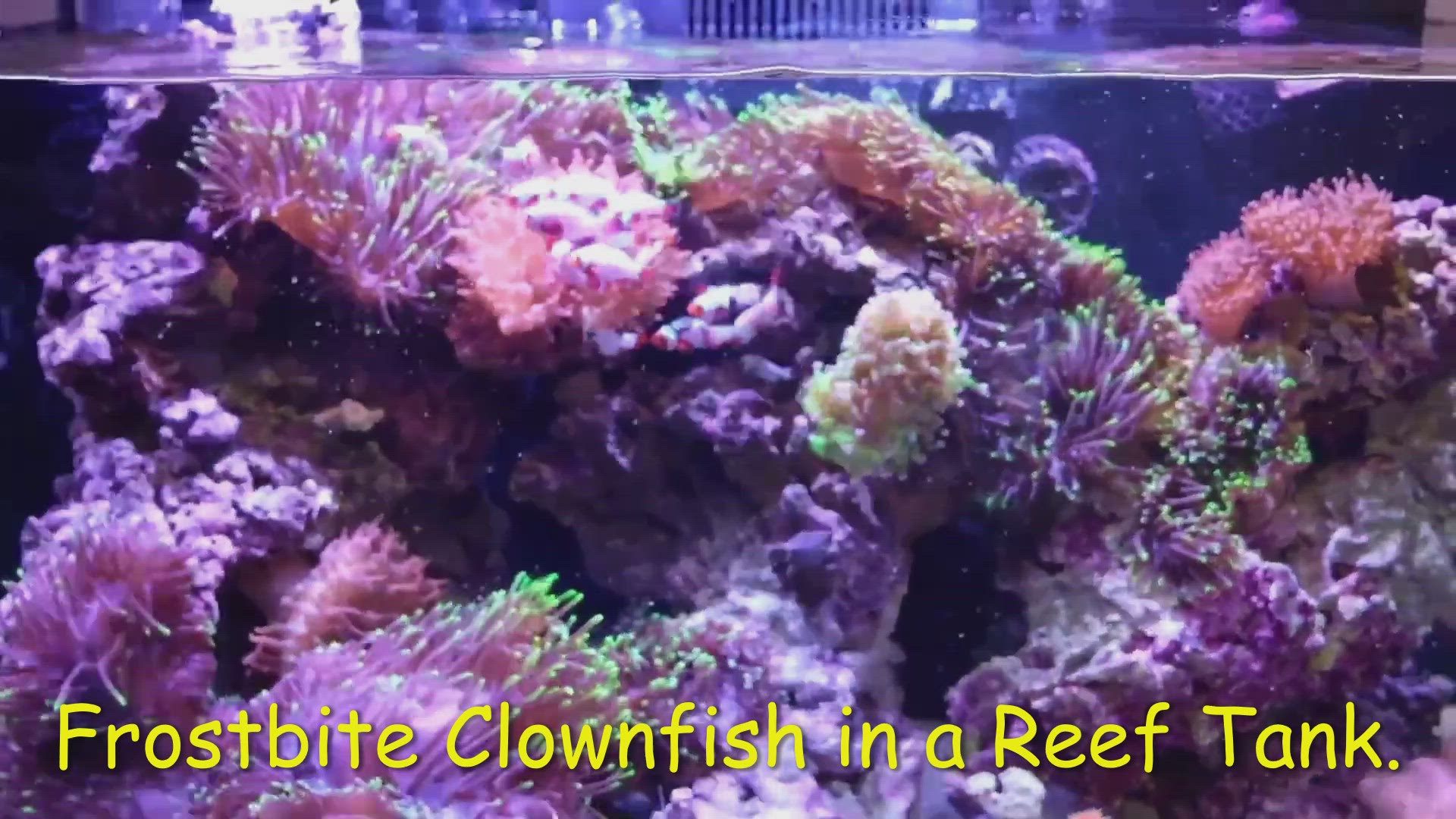
Frostbite Clownfish in a Reef Tank.
4K views · Oct 9, 2020 theaquariumadviser.com
Most species of clownfish are orange, red, or yellow. They often have white or black markings along the body, or a combination of these colors. The common clownfish is orange with white stripes outlined with a thin black line. The largest clownfish grow from 4 to 6.5 inches long. Clownfish have many features in common with other fish. All fish have a backbone, which supports the body. A fish’s body is covered with scales bony plates that protect the body. Fish also have other body parts that help them live in the water.
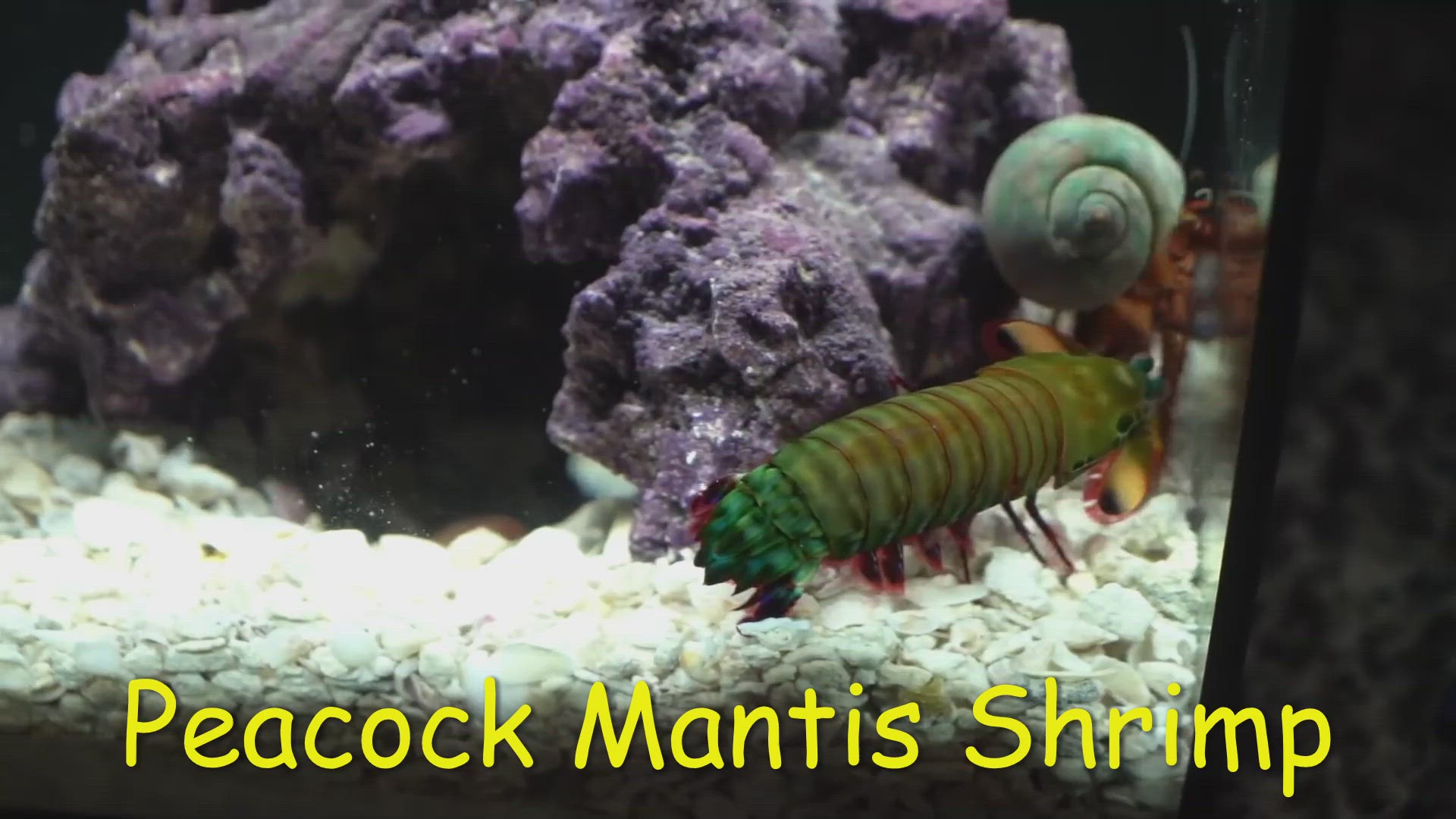
Peacock mantis shrimp punch
640 views · Oct 9, 2020 theaquariumadviser.com
Their special appendages are called “smashers” because they can smash things with their clubs. They use their clubs as fists, so they can knock out other animals by punching them. Basically, they use their punching skills to kill prey (live food). Since they mostly feed on crustaceans (hermit crabs, shrimps, etc.), their main goal is to destroy their outer shells so that they can gain access to the animals’ soft tissues and flesh.
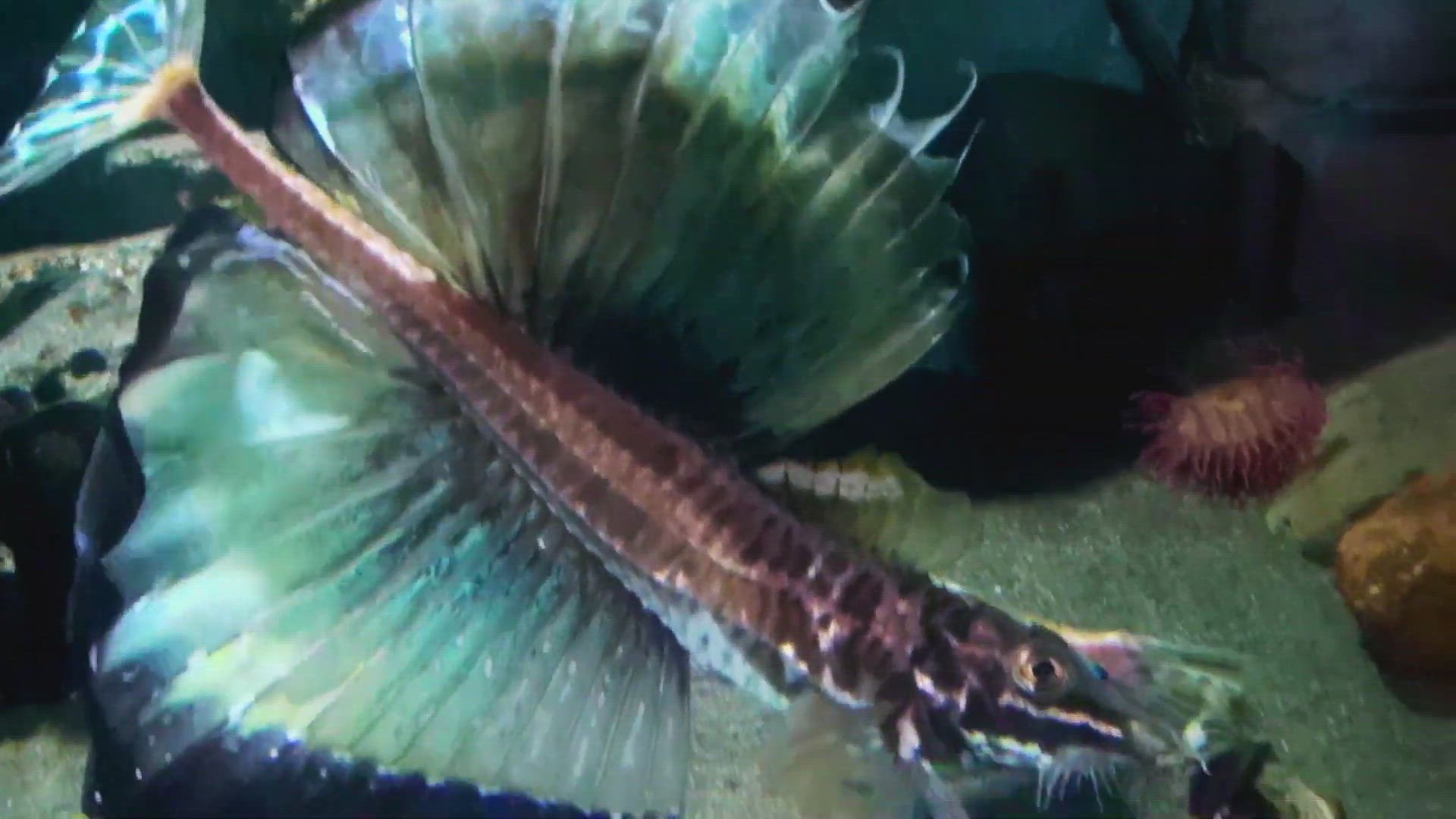
Podothecus Sachi
1K views · Oct 10, 2020 theaquariumadviser.com
It is distributed in the sea near Japan in the northwestern Pacific Ocean, Pyotr Great Bay, and the eastern side of the Korean Peninsula. It often inhabits the sandy bottoms and reefs of shallow coastal waters, but reaches a depth of about 300 m. The second dorsal fin of the male, the soft streak of the anal fin, becomes very long. The body has four columns of bone plates. The spawning season is from October to November. Mating and spawning in several batches. Shen Xing sticky egg. Sperm stay in the female body, but fertilization itself takes place in seawater when the egg is laid. Eggs take about 100 days to hatch. Animal eating habits. Since it is called Tokubire in Hokkaido, it is often called Hakaku for food.
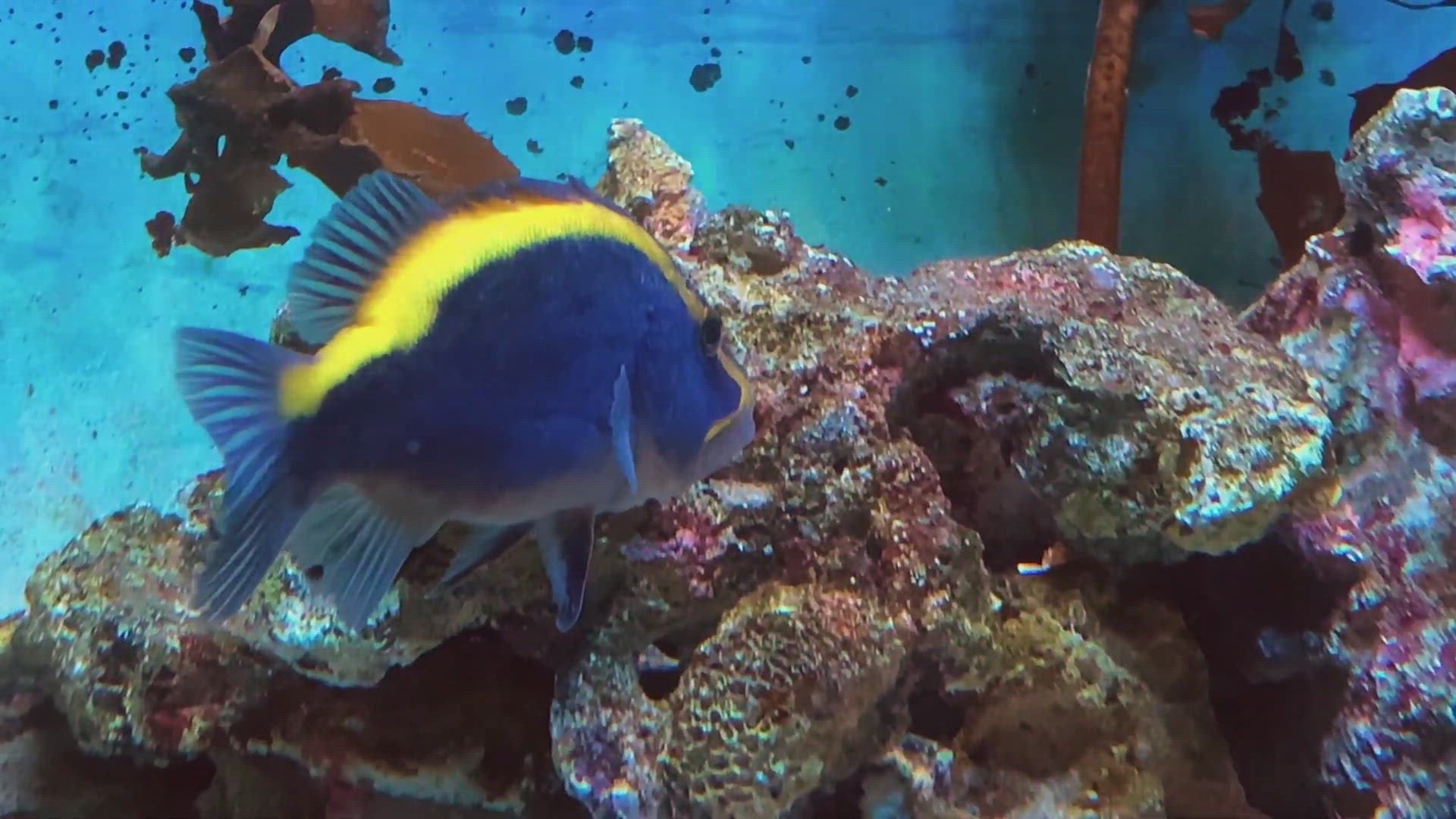
Goldribbon soapfish
3K views · Oct 10, 2020 theaquariumadviser.com
Goldribbon soapfish (Aulacocephalus temminckii) is distributed in the Red Sea, the Indian Ocean, and the western Pacific Ocean. It is distributed from Izu Islands and Sagami Bay to southwest in Japan. It inhabits the caves and rocks of reefs 20 to 350 m deep . This Species Grows To About 40 Cm In Total Length. Small Ones Are Edible But May Be Toxic. The Mucus On The Surface Of The Body Has A Poison Called Grammistin.
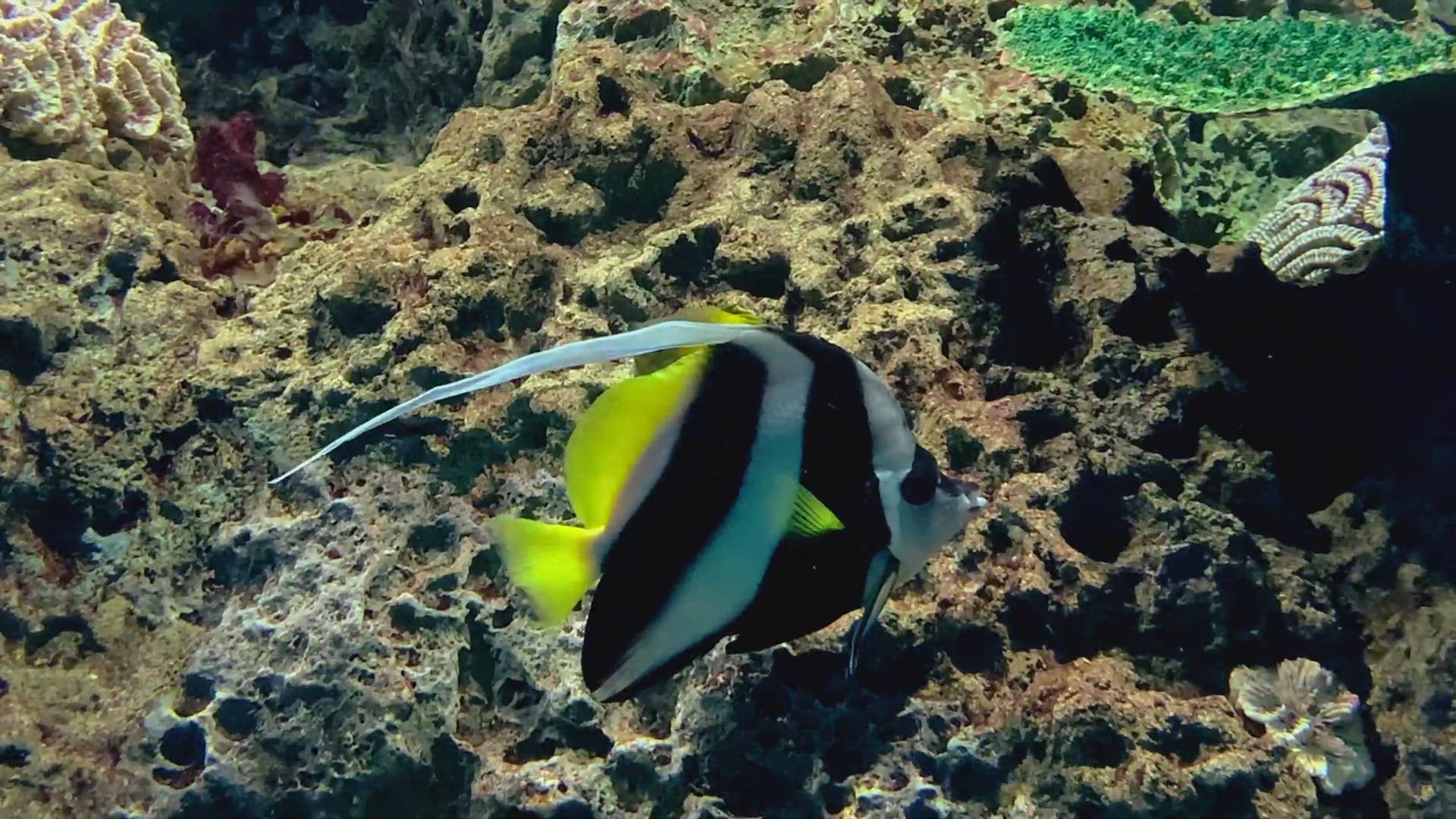
Pennant coralfish
56K views · Oct 10, 2020 theaquariumadviser.com
Hatatatedai Long-Fin Bannerfish, Pennant Coralfish (Heniochus Acuminatus) Is Distributed In The Pacific Ocean And Central Indian Ocean. It Lives In The Rocky Area And Coral Reefs. It Grows to about 25cm. Dorsal Spine Number Is Usually Eleven. Murehatataedai Schooling Bannerfish ( Heniochus diphreutes) has 12 from 13 spines of dorsal fin. Hatatatedai has slightly rounded anal fin. Omnivorous. It is strong against low water temperature, and it is distributed until around Shimokita Peninsula in Japan. It is an aquarium fish, and it is subject to fishing. It may be edible.
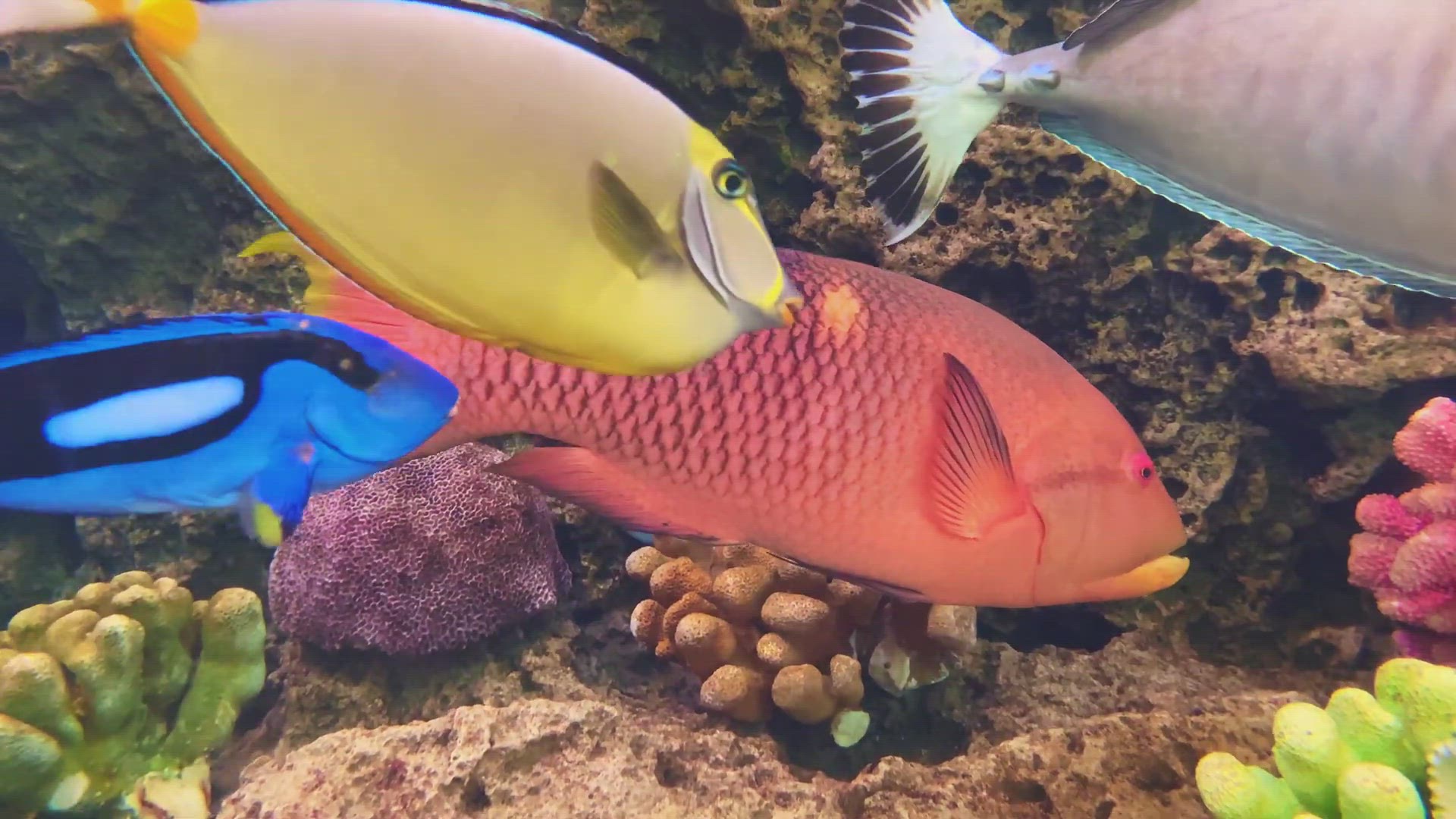
Gold spot wrasse
710 views · Oct 10, 2020 theaquariumadviser.com
It is distributed from the Indian Ocean to the western Pacific Ocean. Distributed south of Sagami Bay in Japan. It inhabits rocky reefs and coral reefs in warm waters. Light-colored spots or bands can be seen on the back side of the center of the body, and the back is blackish. It grows up to about 80 cm. As it grows, it turns red and has yellow spots scattered around the head. Animal-eating habits centered on crustaceans and small fish.
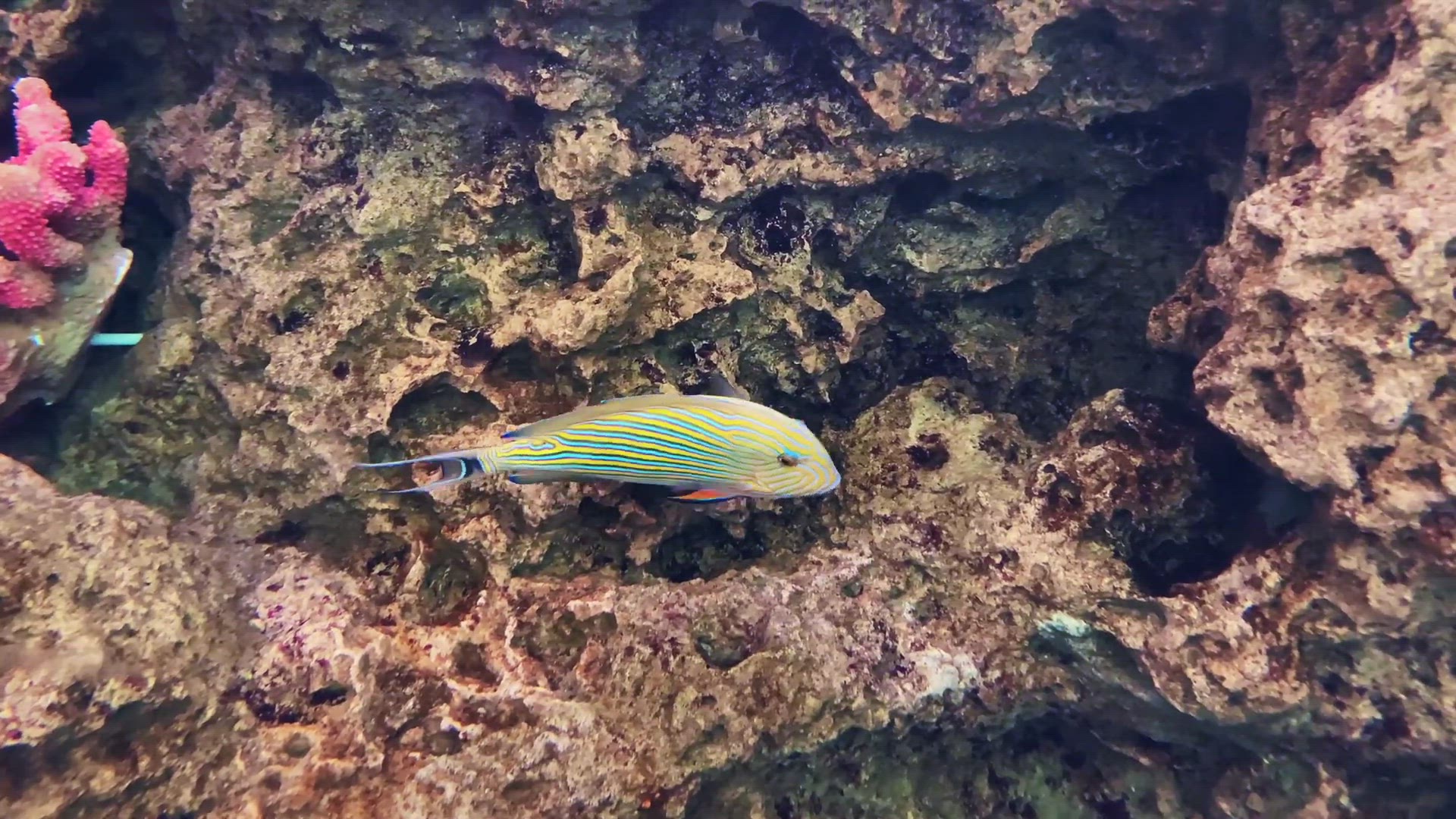
Acanthurus lineatus
1K views · Oct 10, 2020 theaquariumadviser.com
It is distributed in the Indian Ocean and the western Pacific Ocean. It is distributed in eastern Africa, the waters near Japan, the Great Barrier Reef, Hawaii, Polynesia, etc. It inhabits coral reefs and rocky reefs at a depth of several meters. It grows to a total length of about 38 cm. Changes in body color and pattern can be seen depending on the area. The thorns are toxic. Large males make up a harem. It mainly eats algae, but it seems that it also eats crustaceans.
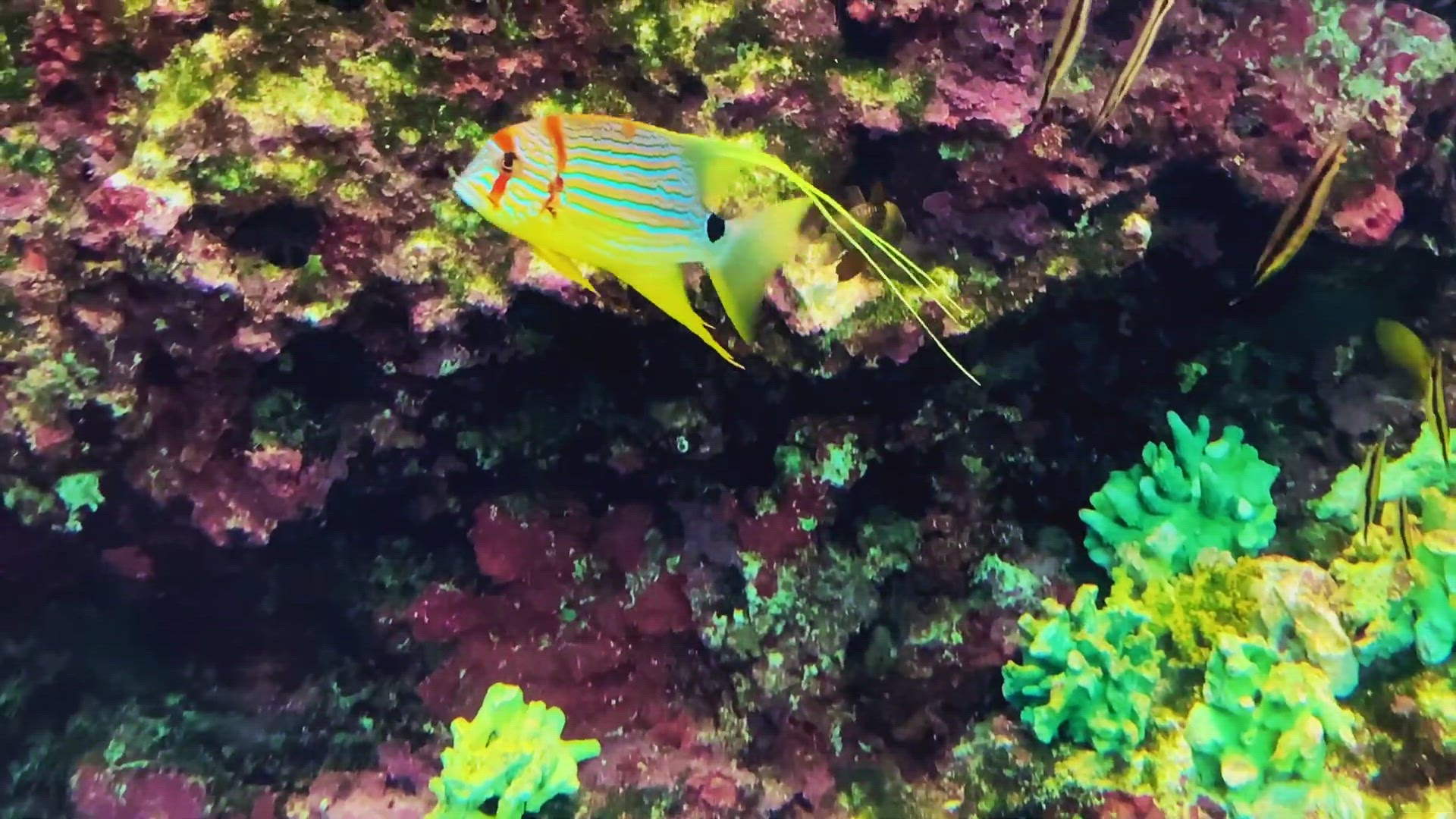
Blue –lined sea bream Symphorichthys spilurus
7K views · Oct 10, 2020 theaquariumadviser.com
Distributed in the Pacific Ocean south and western of the Ryukyu Islands. Inhabits reef areas. Normally, it seems to be in the water depth of several hundred meters, but when spawning, it seems to come to a place of several tens of meters. It is said that many males flock to one female at the time of spawning. The outer shell of the snout is nearly vertical, with large black spots on the caudal peduncle. The body, which is based on yellow, has several blue vertical stripes. Eat small fish and crustaceans.

Japanese tiger prawn, Kuruma prawn
654 views · Oct 10, 2020 theaquariumadviser.com
It is distributed from the Indian Ocean to the coast of the Pacific Ocean. It grows to a body length of about 15 cm. There are brown stripes on the body. Eggs are scattered without being held. Three pairs of chest legs are scissors. Nocturnality. The Japanese name comes from the fact that the pattern looks like a wheel when the body is curled up. It is edible and is used for sushi and tempura. It was a familiar edible shrimp in Japan, but now it has become expensive. Many dishes and ingredients currently use whiteleg shrimp (White leg shrimp, Pacific white shrimp, King Prawn Litopenaeus vannamei) , which are cultivated in the same genus .

Hector's goby Koumansetta hectori
558 views · Oct 11, 2020 theaquariumadviser.com
Kinnsennhaze Hector's goby (Koumansetta hectori) is distributed in the Indian Ocean, Pacific Ocean, the Red Sea. It inhabits at a depth of 3-30m. It is distributed in Taiwan from the Ryukyu Islands in the near Japan. It lives in the bay behind the coral reef bay. It has been so drifts over or near coral. It grows to about 3.5 inches.